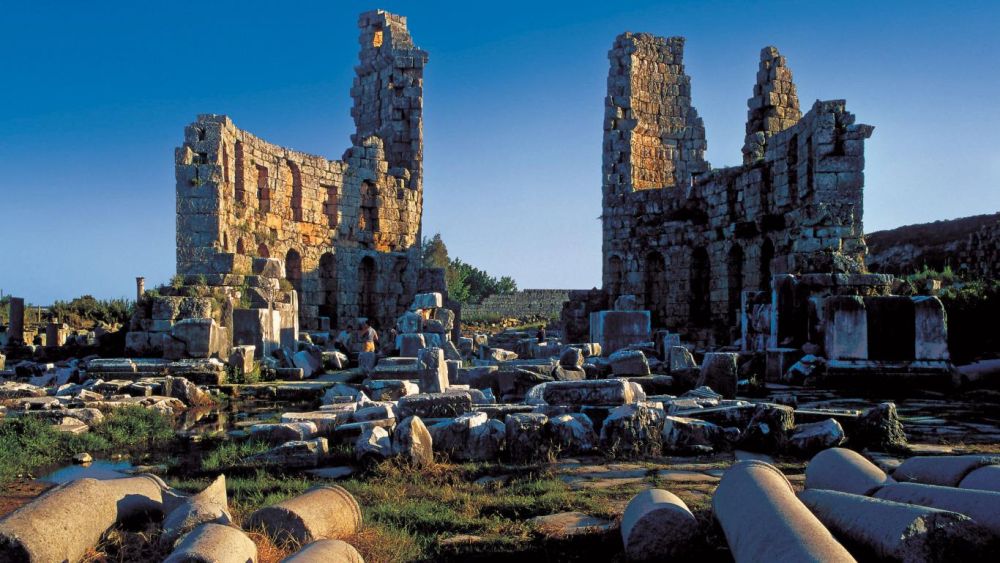

Once a thriving ancient Greek city in Anatolia, Perge now stands as a testament to the ingenuity and culture of the past. It was established around 1000 BC and later became an important city for the Romans in the Pamphylia region. Historical records suggest that Perge flourished during the Hellenistic period following the conquests of Alexander the Great.
Renowned for its Temple of Artemis and its intricately designed colonnaded streets, the city has been a focal point for scholars and historians. The city also holds a special place in Christian history as it was visited by St. Paul during his missionary journeys, which is documented in the New Testament.
Tourism in Perge has roots in the 19th and early 20th centuries where adventurers and archaeologists visited the site for exploration and excavation. The city's ancient ruins, which include a theatre, stadium, agora, and baths, started to draw public interest. However, it wasn't until the latter half of the 20th century that Perge became a more accessible and popular tourist destination.
Restoration work in the late 20th and early 21st centuries significantly contributed to making Perge a major attraction in the Antalya region. The Turkish government, along with various international organizations, invested in uncovering and preserving the city's ancient splendors. These efforts helped to put Perge on the map for cultural and historical tourism.
In recent years, Perge has become integral to the cultural tourism circuit of Turkey, drawing in visitors who are keen to explore the ancient past. Tourism trends show that travelers now seek more than just beach holidays, leading to increased interest in historical sites that offer a glimpse into ancient civilizations.
Perge's proximity to modern amenities in Antalya while being nestled in rich historical surroundings makes it a prime example of a trend where convenience meets culture. Moreover, as sustainable tourism practices gain momentum, Perge benefits from measures aimed at preserving its ruins for future generations.
The latest trend phenomenon is the emergence of digital nomadism, influenced by global connectivity and flexible work arrangements. As a result, destinations like Perge are not only visited by tourists but also by international remote workers who contribute to the local economy over longer periods while soaking in the rich historical ambiance.
With a steady increase in visitor numbers each year, the future of tourism in Perge looks promising. Local authorities continue to focus on sustainable tourism to ensure that the city's artifacts and ruins remain unspoiled. There are plans for enhancing visitor facilities and creating more immersive experiences through advanced technologies like augmented reality, which could allow tourists to visualize the city in its ancient prime.
As tourism evolves, Perge remains poised to be one of Turkey's jewels, offering a blend of history, education, and beauty that represents a growing trend toward experiential and educational travel.